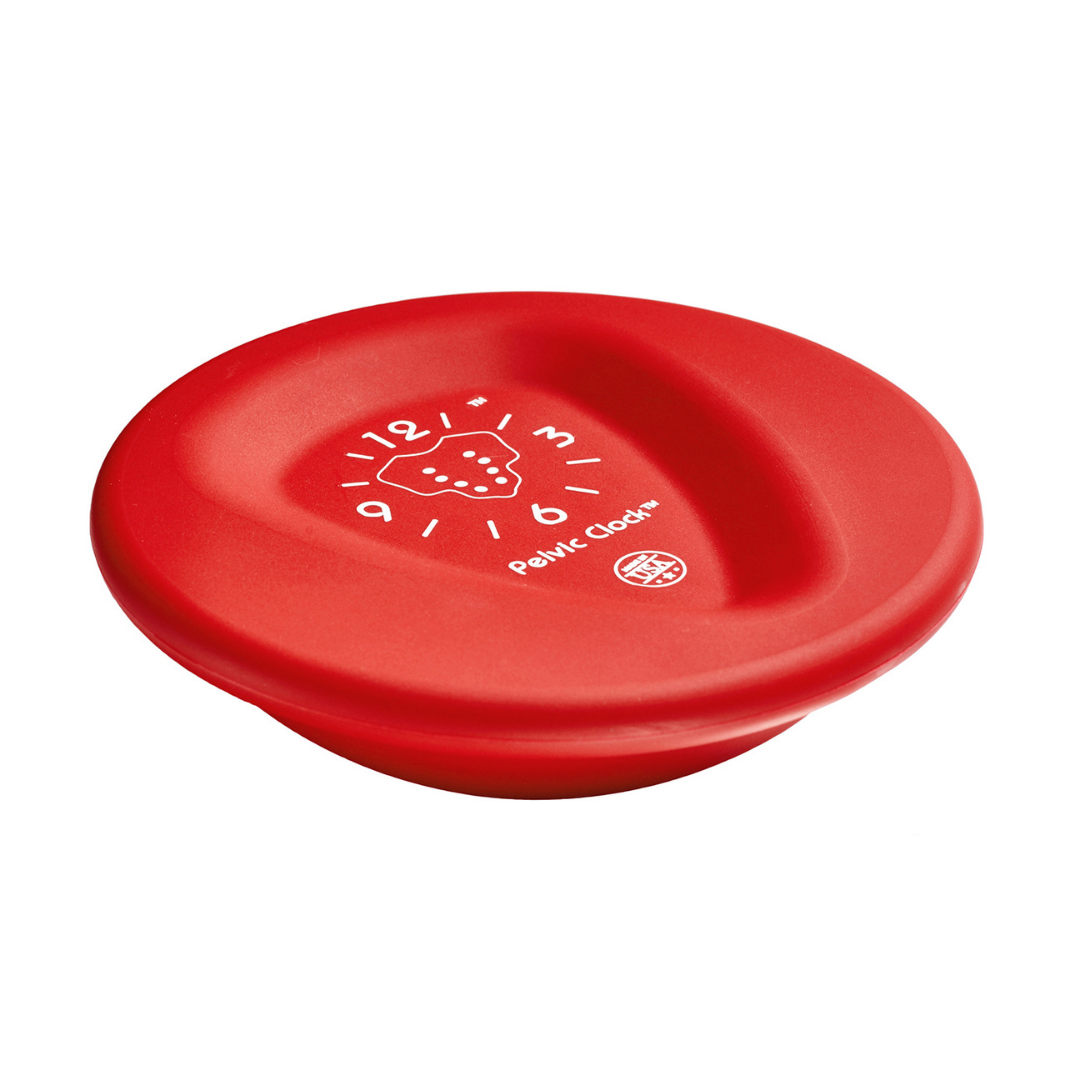Home Exercises To Relieve Piriformis Syndrome
Igor Gershengorin
By Lynda Lippin, Master Pilates Teacher, Certified Personal Trainer, and Pelvic Clock® Educator
Sometimes pain in our hips, legs, and lower back is caused by muscle tightness. While that sounds simple, there are actually many small muscles around the hip and sacroiliac joints, and one of them runs right over (and sometimes inside of) the sciatic nerve. This particular muscle, an external rotator that attaches our thigh bones to the pelvis and sacrum, is called the Piriformis.
What causes Piriformis Syndrome?
This deep rotator often tightens up due to overuse and poor skeletal alignment. There are other muscles around it (particularly the gluteals, hamstrings, other rotators, lumbar multifidus, and iliopsoas) that, when working well, assist the piriformis and offer support to the joints.
When things aren’t working well, the piriformis will tighten up and constrict against and around the sciatic nerve, causing pain and dysfunction. The pain starts deep in the buttocks, and often radiates down the leg.
Will Exercise Help Piriformis Syndrome?
Corrective exercises and stretches will, in fact help to alleviate the pain from piriformis syndrome. Piriformis syndrome exercise must focus on body alignment, especially pelvic alignment.
Piriformis syndrome exercise with the Pelvic Clock® device will help by correcting anterior pelvic tilt and rotated pelvis, stretching tight hip flexors, stabilizing your sacrum, and improving body alignment.
1. Pelvic Rotation
This is a basic body alignment exercise that focuses on the pelvis. This exercise with help Piriformis Syndrome by helping to align and correct pelvic tilts and rotations, which helps the piriformis rest a bit easier.
Lie on your back with your knees bent and your feet flat on the floor, hip-width apart.
As you breath, start a small rocking movement of your pelvis--tipping it back as you exhale (hipbones back and tailbone up) and forward on the inhale (arching the lower back). Repeat the tilt/arch 10-15 times.
Then try to move side to side without moving your knees or ribcage. Pretend that someone dropped a hot ash on your right hip bone so that it drops towards the mat a little, and then the left. Breathe as you need to and go between the right and left hip 10-15 times.
Try this using the Pelvis Clock®
Finally, combine these movements into a small circle, trying both directions 5-10 times. Then, try it using your Pelvic Clock®
2. Diagonal “Cross” Stretch
Another basic body alignment exercise, this diagonal stretch focuses on the pelvis. This exercise helps Piriformis Syndrome by helping to align and correct pelvic tilts and rotations, which helps the piriformis rest a bit easier.
This stretch is perfect for targeting the psoas muscle, and the second version will also give your shoulders some relief.
Start on your back with the Pelvic Clock® device under your sacrum, and your legs straight and arms by your sides.
Tilt your pelvis to the left towards 3, stretch your right arm to 11, and stretch your left leg to 5. Hold for 30 seconds.
Tilt your pelvis to the right towards 9, stretch your left arm to 1, and stretch your right leg to 7. Hold for 30 seconds.
Repeat a few times on each side.

